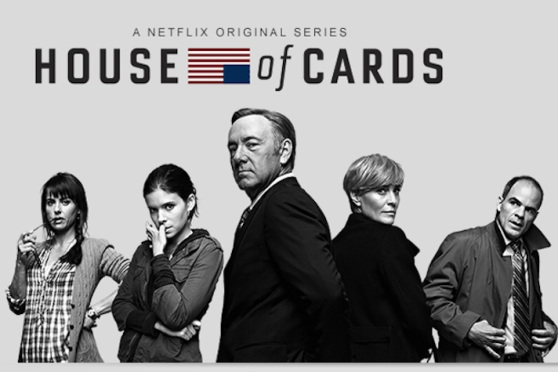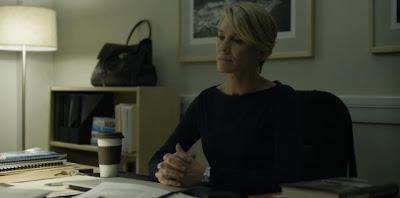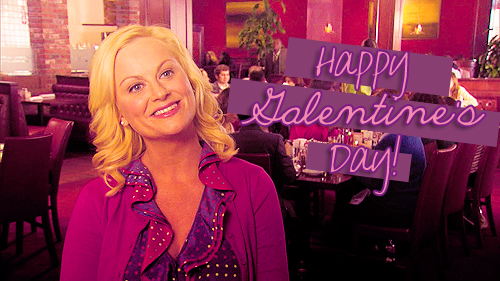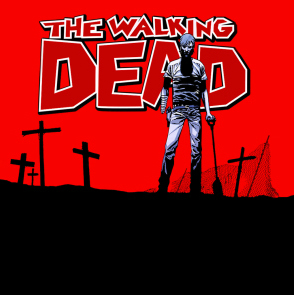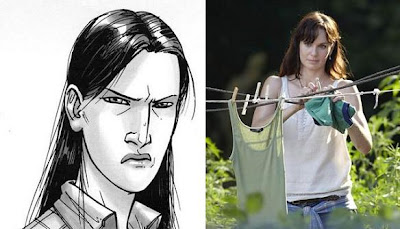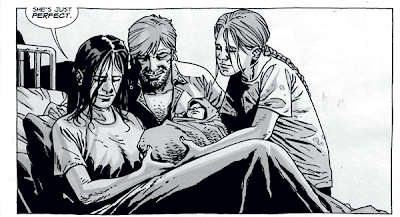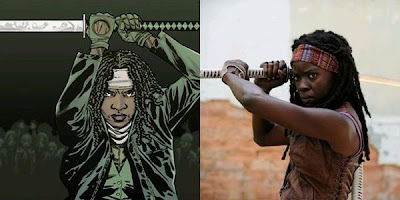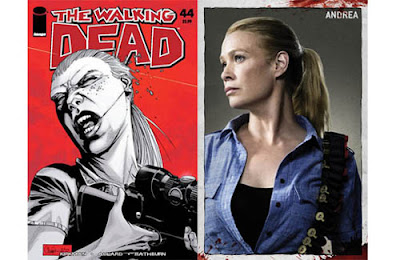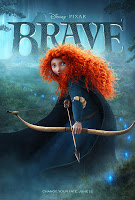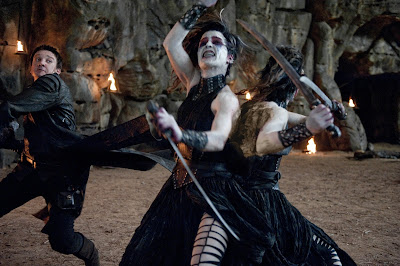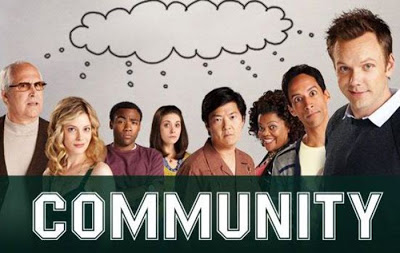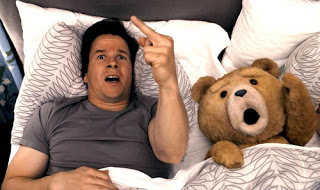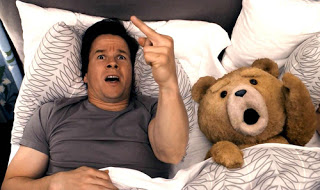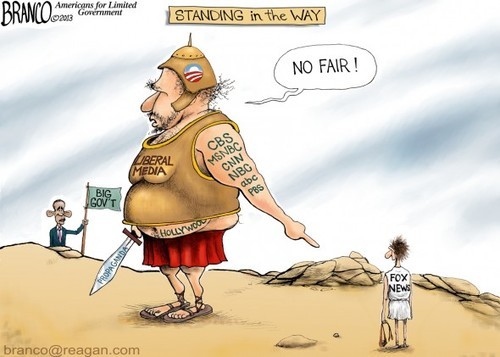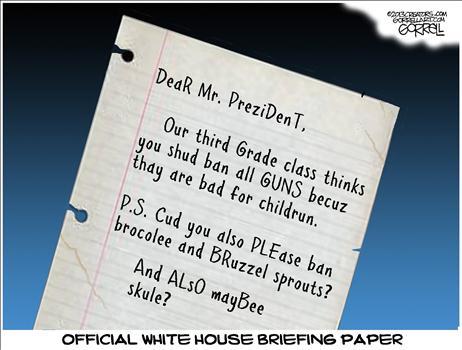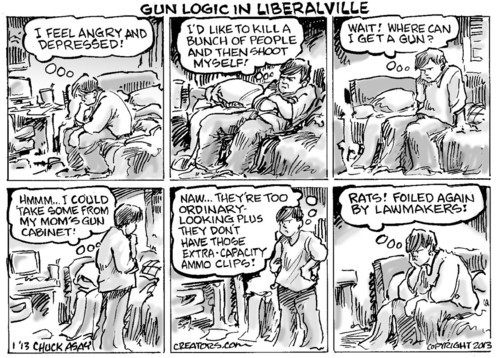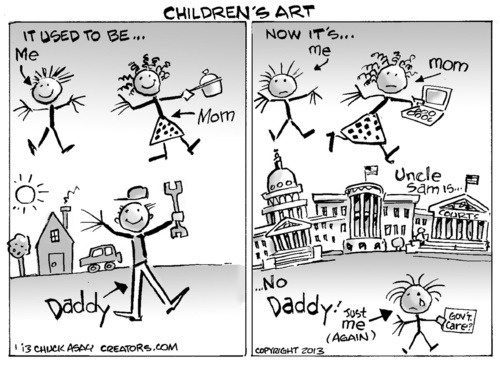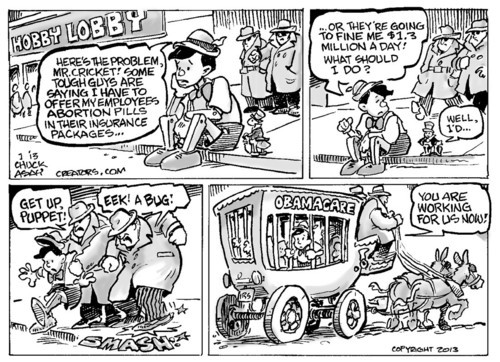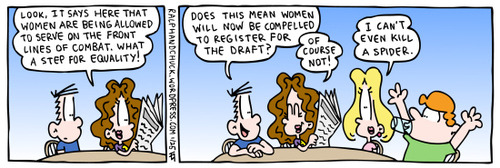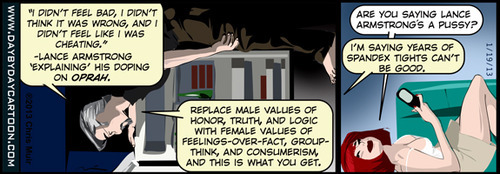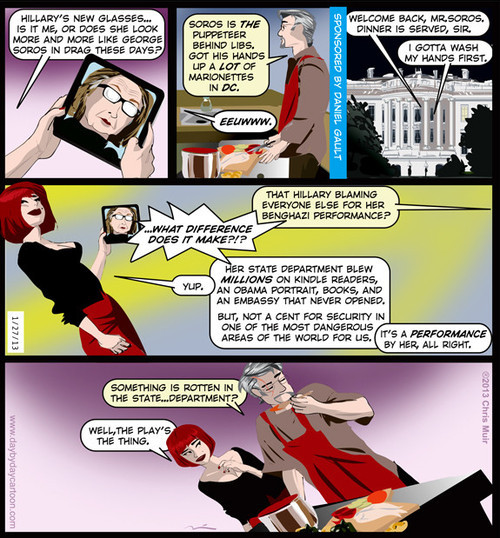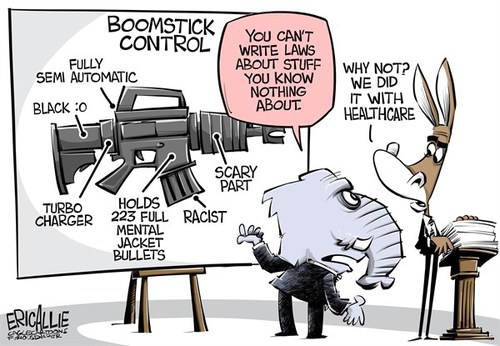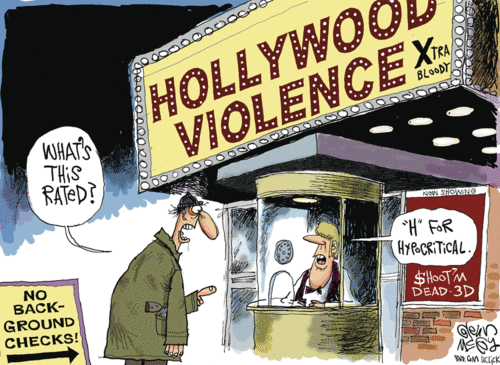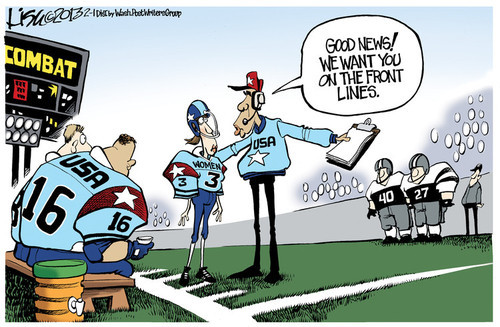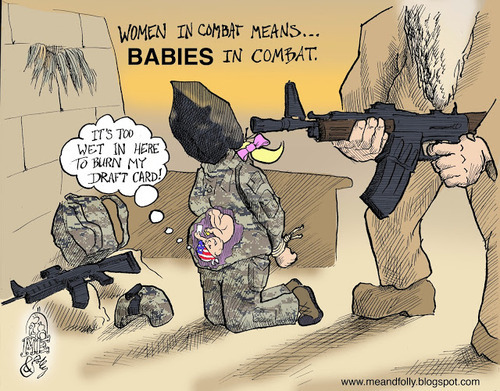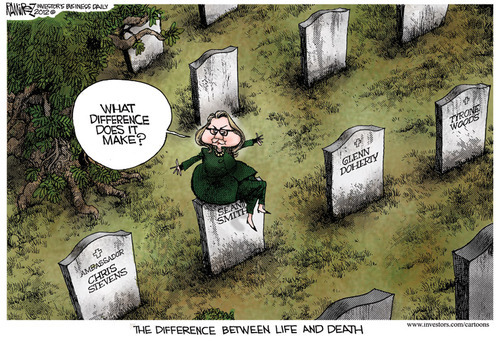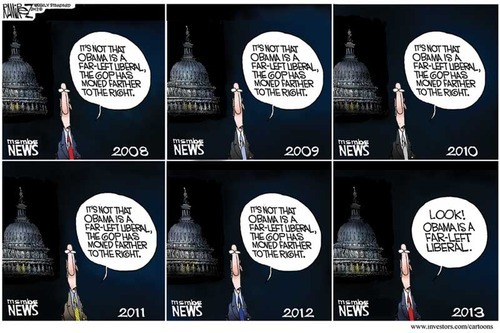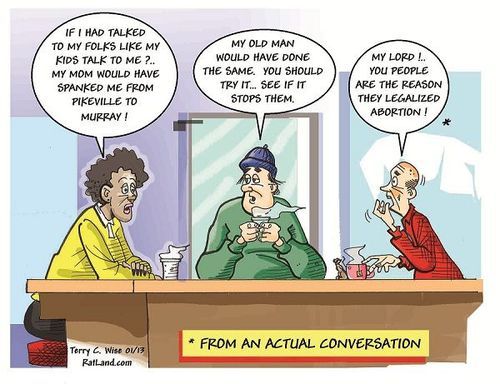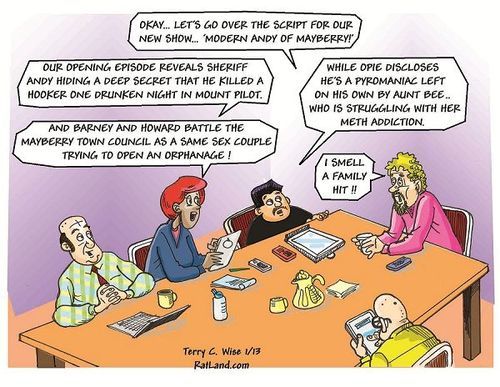 |
| Demando trying to kiss Usagi |
In Sailor Moon R, Prince Demando’s story is largely centred around his leadership of the Black Moon Clan, and his obsession with Neo-Queen Serenity. In both the anime and manga, he becomes fascinated with her eyes after she glares at him in defiance. In the manga, he retaliates against her rejection by encasing her in a crystal coffin where she now lies in a coma. In the anime, the coffin is instead created by the four Guardian/Inner Soldiers to protect Neo-Queen Serenity from an attack – but she also falls into a coma. As the second season’s plot is themed around time travel, he instead directs his attention to Neo-Queen Serenity’s younger self – Usagi/Sailor Moon.
Now, first off, Usagi is still 14 years old. Prince Demando is clearly an adult. This is an issue that the anime dances around (seeing as Mamoru was aged up to college aged instead of starting the story at 17) but there’s already some consent problems going on right there. Demando takes it one step further. In both the anime and manga, Demando kidnaps Sailor Moon and then overwhelms her with the power of the Black Crystal, which makes her fall unconscious and undoes her transformation. Usagi wakes up later, on a bed, in an elaborate dress she does not recognize. We do not know how long she was unconscious, and disturbingly, we do not know how Demando changed her clothes. The anime shows that the Black Moon Clan has the ability to magically change their attire, so that is a possible “solution,” but as far as I can remember, this isn’t something that is a demonstrated power in the manga. Regardless, Usagi is temporarily nude when she loses her transformation powers, and the ambiguity of her waking up in unfamiliar clothing has some disturbing implications.
 |
| Usagi crying from fright |
In both the anime and manga, Demando possesses a magic third eye that can hypnotize its target. He uses this ability to try to force Usagi to declare “love” and “allegiance” to him, as well as to kiss him. In both versions, Usagi is more frightened than she has ever shown to be before, and is ashamed that someone besides Mamoru would be kissing her. In the manga, Demando does kiss her, and she is so upset by this she breaks the hypnosis and slaps him. In the anime, Demando is interrupted before he can kiss her, but his attempt to physically force affection out of her goes on for so much longer, and is somehow even more disturbing. In the manga, Demando temporarily releases Usagi from the hypnosis and allows her to wander around the Nemesis Castle, thinking that the Black Crystal’s influence would overwhelm her powers. He underestimates her resolve, however, and she manages to transform, rescuing herself and the kidnapped Inners. In the anime we instead get a Damsel in Distress situation. Tuxedo Mask is the one who interrupts Demando, and boy howdy do we get some Freudian symbolism going on in this scene. When the hypnosis breaks, Usagi falls backwards onto the bed. Tuxedo Mask extends his cane down to the bed, which she grabs onto. Phallic as hell. And don’t forget that Demando’s name is based on “Diamond”…which is a gem known for its *hardness.*
 |
| Demando takes a hit for Sailor Moon |
The anime fairly closely follows the manga for the first hypnosis attempt, but deviates once it gets closer to the climax of the story. The Sailor Soldiers enter into the Black Crystal to stop the enemy, and Demando exploits its powers to separate Sailor Moon from her friends once again. He arrogantly repeats the exact same hypnosis attacks. This time, he physically forces her down on her knees (unfortunately making me think of a certain sexual act) and tries to make her kiss his hand in allegiance. She repeatedly breaks out of his spells, and counters his demands for her to “love” him by saying he does not understand the concept. She also manages to convince him that Wiseman has been lying to and manipulating him the entire time. Aaaand then the anime deviates even further in a way that…doesn’t please me.
One of the major themes in the anime is Usagi’s forgiveness, and saintlike willingness to let any villain redeem themselves, no matter what they’ve done. This…is not really a thing in the manga. Sure, there are some villains who become good, but the majority of them get a quick and brutal execution. And they don’t just get a bullet wound or anything like that…they get disintegrated. And that’s what happens to Prince Demando in the manga – after he’s stopped from combining the two Silver Crystals to destroy the space-time continuum, Sailor Moon and Tuxedo Mask combine their powers to blow him the fuck up. Unfortunately, in the anime, he instead takes an attack from Wiseman that was meant for Sailor Moon, and he gets a long, drawn out death scene. Anime Usagi is apparently so goddamn forgiving that because he did this one act of kindness, she apparently forgets what he’s done, and cries for him. And his last words are “I love you, Sailor Moon.” Give me a BREAK. Yeah, I know he was evil and probably didn’t understand the concept of love yaddayaddayadda, but you know what? If you love someone you don’t try to physically force them to kiss you! His attraction to Usagi was an obsession at best. Not love. I think the worst part about this scene is that it’s encouraged shippers to get off on the idea of Usagi and Demando being together. I’ve already had Tumblr arguments about that (I even got called a feminazi!) but I’m still standing by my opinion of that ship: EUGH.
 |
| The Amazon Trio perusing photos of their targets |
Moving on to the fourth season, the anime SuperS doesn’t really have much in common with the Dream Arc of the manga. As the anime series went on, it deviated so much from the manga that in the end they told an almost completely different story with the same characters. The villains in the first half of the series are the Amazon Trio; Hawk’s Eye likes older women, Tiger’s Eye likes young women, and Fisheye likes men. Their task is to look in the Dream Mirrors of the people of Tokyo to find where a magical being called Pegasus is hiding. And their methods are even closer to full-on sexual assault than even Prince Demando’s shenanigans.
First, they seem to take pride in trying to seduce their intended victims. All three disguise themselves (Fisheye, who is feminine, crossdresses as a woman) and try to strike up relationships with their targets. Hawk’s Eye tries to appeal to the older women’s kindness, Tiger’s Eye is basically a Pick Up Artist, and Fisheye tends to pick men who are artists or romantics. Yup, the “sexual assault” targets are occasionally men. Tiger’s Eye appears the most often, as most of the cast is comprised of young women. He’s tremendously egotistical, and flies into a rage if his target doesn’t immediately fall head over heels with him. In the episode where he targets Ami, he even calls her a bitch for politely refusing his offer to take her to a private beach. He reminds me a lot of a Nice Guy – it’s always the woman’s fault if she doesn’t love him/want to screw him, and they turn on their romantic targets pretty quickly.
 |
| Hawk’s Eye and a restrained Ikuko (Usagi’s mother) |
The Amazon Trio’s attempts to gain their victims’ trust before attacking them is bad enough. But the attacks themselves are so goddamn hard to watch. First, the victim is propped against a coffin-shaped board. Then they are physically restrained by their wrists and ankles. And then the Dream Mirrors are magically forced out of the victim’s chest, with them screaming in pain. The Trio then bend over and stick themselves RIGHT IN THE MIRROR, laughing in excitement and enjoying their view of the victims’ privacy while the victim screams in horror and pain. Inevitably Pegasus is not in the Dreams, and the Trio is instructed to kill their victims to prevent Pegasus from hiding in those Mirrors later. Yup, once they’re done assaulting them, it’s time to kill their victims! Such nice guys. It’s usually at this point that the Sailor Soldiers interrupt and go through their stock footage to defeat the monster of the day. Rinse and repeat for about 20 episodes.
In the manga, none of the “looking into Dream Mirror” stuff happens. The Amazon Trio appear once in each act, and are obliterated pretty quickly. They are basically the pawns of the Amazones Quartet, who try to manipulate the Guardian Soldiers into giving up their dreams. Ami and Rei are forced to see nightmarish hallucinations in mirrors, and both Fisheye and Tiger’s Eye try to seduce the girls to make them give up being Sailor Soldiers (This suggests that Fisheye is not gay in this version). Makoto is given an Amazon Ring by Hawk’s Eye (who is the crossdresser this time rather than Fisheye) which makes her blurt out all of her insecurities and ambivalence over her dreams and responsibilities. In each case, the three girls overcome the hallucinations/manipulations, and each Amazon Trio member is killed off quickly. In the anime, the redemption stuff is instead used once again. It’s arguably a little more understandable since it is revealed that the Trio are not humanoid but magically transformed animals, so their understanding of human kindness and, uh, not stalking and assaulting people you’re attracted to, would not have developed.
 |
| The Trio get Dream Mirrors |
Fisheye’s final target is Mamoru, and he goes out of his way to try to entice Mamoru away from Usagi. He has a bit of an identity crisis after finding out the truth about himself and that he lacks a Dream Mirror, and sadly sits on a bench in the rain. Usagi comes across him and recognizes him as the “girl” who tried to hit on Mamoru. Normally she’s a tremendously jealous girl, but for whatever reason, Usagi the Saint offers kindness to Fisheye and invites him home to warm up. Thus Fisheye naturally learns about the kindness of humans. He even discovers that Chibi-Usa is the true harborer of Pegasus, but decides not to tell Zirconia about this. When Hawk’s Eye attacks Usagi, Fisheye defends her, and convinces his “brothers” to defect. They are then assassinated by the Amazones Quartet, but are given Dream Mirrors by Pegasus, and he brings their spirits to Elysion to rest.
So…once again Usagi has saintlike forgiveness and borderline sexual assaulters get redemption. Maybe I’m too hard, but I think there’s a limit to how much someone should get away with if they do the “Oh, I see the error of my ways now” bit. I should be a good progressive and always support rehabilitation rather than eternal incarceration, but I’m dubious about how effective therapy and education actually is for abusers and rapists. This is a major issue that psychologists and feminists need to work on. Regardless, I think I prefer how the manga handles this situation. For whatever reason, and it might be because the manga is written by a woman and the anime is usually written/directed by men, the sexual assault subtext is far less disturbing and drawn out than it is in the manga. And for me, it’s far more satisfying to see a villain that manipulative and creepy to get blown away than to see them become good guys. But that’s a matter of preference.
Myrna Waldron is a feminist writer/blogger with a particular emphasis on all things nerdy. She lives in Toronto and has studied English and Film at York University. Myrna has a particular interest in the animation medium, having written extensively on American, Canadian and Japanese animation. She also has a passion for Sci-Fi & Fantasy literature, pop culture literature such as cartoons/comics, and the gaming subculture. She maintains a personal collection of blog posts, rants, essays and musings at The Soapboxing Geek, and tweets with reckless pottymouthed abandon at @SoapboxingGeek.

